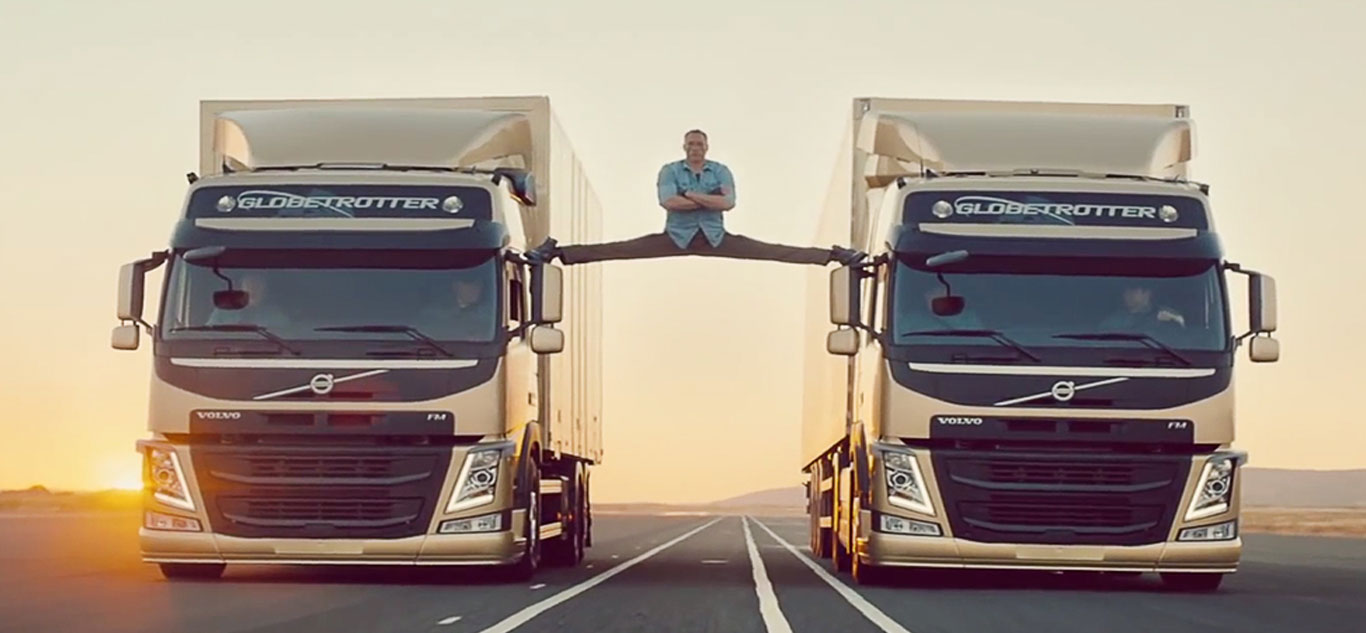
How do I make my campaign or idea go viral among Prosumers?
9 Mar 2016
This is easily the most commonly asked question in marketing forums and discussions the world over. Ask any CEO of a B2C company and he will confess that he spends substantial time pondering over this problem. This is also a definitive inclusion in most communication briefs that cater to product marketing.
Virality of concepts and campaigns can be applied in several levels in the world around us. Let me try to contextualize with a few examples that are top of mind.
Gmail – My all-time favorite example is in the way Gmail was promoted around their launch. This was launched at a time when Hotmail was an established product. Gmail played on the idea of exclusivity bundled with added storage. This led to the ‘influencers’ in every social group getting invited first, as you could only get an account by invite or referral. For many this became a fashion statement to own a Gmail account around 2004-05. The timeliness of the product launch riding on a brilliant viral marketing strategy made this an established brand that it is worthy of today.
Dove – The Dove Real Beauty campaign created by Ogilvy was another masterpiece of virality. Since I was also remotely a part of this campaignin India then at Ogilvy, I was privy to the scale and depth of the effort. While the central idea was paramount and determined its success, the campaign was brought to life in a 360 effort that straddled multiple media formats and across several key markets around the world. The Dove Real Beauty campaign that empowered women and got them to talk about beauty without any inhibition, is a fine example of a brand that leveraged virality at its core.
Volvo – Who can forget the brilliant video that Volvo made with Hollywood superstar Jean Claude Van Damme. The video shows him doing the split across two reversing trucks with one leg perched on each vehicle precariously. This masterpiece of execution apparently notched up over 76.4 million views for the video alone. Not to mention the endless debate around whether Van Damme actually executed it or if it was CGI doctored. Incidentally the makers say it is very real.
ALS Ice Bucket – The Ice bucket challenge to drive interest and contributions for ALS (Amyotrophic Lateral Sclerosis) is another unique example of virality. While this is again a marketing idea, but the acceptance could have been relatively simpler as it is a cause related campaign without much of a commercial angle. Nevertheless nothing should be taken away from the success of the campaign and the idea in making it a global phenomenon. Several celebrities the world over participated in the challenge as well, increasing its popularity several fold. The campaign resulted in over 2.4million challenge videos getting uploaded/ shared along with a phenomenal response to the fund drive which ended up netting over $98.2 million in the US and 2.7 million Pounds in the UK.
Selfie rage – Moving away from planned marketing efforts at virality is this example of a progressively evolved movement that has become viral. Selfies are a natural progression to the profusion of Smart phones armed with cameras and supported by social media sites like Facebook and Pinterest to fan the trend. Several companies are today seen riding on this phenomenon in an effort to partake in this global trend.
Now having set the backdrop to our interaction, this brings us to the million dollar question.
What makes a campaign or an idea go viral?
Picture this, there is over 4 billion new posts on Facebook each day, there is over 100 hours of video uploaded to YouTube every minute and there is an estimated 500 million tweets generated every 24 hours. This is surely resulting in a deluge of information and content in the digital world. How does one overcome this Tsunami to stay relevant? More over how can one create a viral idea in this vortex of information?
I have tried to capture the desired ingredients in the acronym FACTS. I am inspired by the word ‘Facts’ as the success of any viral campaign depends heavily on transparency and truth as opposed to deviation and fabricated information which is bound to make it fail.
FACTS represents – Format, Audience, Content, Trend and Simplicity.
Let me break this down further to elucidate my points.
Format >– Communication has evolved rapidly over the last few decades. This has given marketers and brands a large palette of varied formats to communicate with. In earlier days print ads in newspapers, TV spots, Billboards, radio spots, wall paintings, etc were some of the choices. These days the palette has only widened.
The digital world has thrown open new formats that are conducive to building virality and that too within a short span of time. To build virality some of the key factors that determine success are creativity, visual appeal, topicality that drives discussions and debates, information quality, etc. Considering this how does one present the information to the target audience? The ALS Ice Bucket challenge picked up momentum because of the simplicity of the idea, the cause attached and the fact that anyone could create a video of the challenge with a smart phone.
In the case of the Volvo campaign the video format again proved successful. The Dove Real Beauty campaign used a 360 approach to drive discussion and debates in the media and in the online space.
Audience – Identifying your audience for a viral campaign will be crucial to its success. Answers to what make them tick, what are their likes and dislikes, what are the topics trending among these groups for discussions debates, etc will help in developing the right campaign. While this may seem complex, going by the theory of Six degrees of Separation, one can reach any person on the planet by simply 5 intermediaries. Using this logic and with the assistance of the internet, a well thought through creative campaign should easily connect with your audiences and help build virality.
Emotional connect with the target audience is another crucial factor in virality. What User Generated Content and Prosumersmeans is that they need to own the content to make it viral. Hence the importance of a campaign in appealing to the emotional context of the audience is paramount.
Content – This is an era of UGC (User Generated Content), Crowd Sourcing,Prosumers,etcthat are in vogue today. Considering this, special care must be taken to develop the right content for the campaign. In this participative era of communication particularly in the digital domain, the success of virality depends on establishing context with the audiences with creative and well-crafted material. Will the rendition be interesting enough for repeat shares, does it have sufficient context for discussion, and is it appealing enough to suit different user groups, etc are some of the questions that you should consider in developing content.
Trend – It is important for any campaign, be it digital, viral or even any of the conventional methods of advertising as well to be in synch with existing trends. Hence this is not really rocket science but more of common sense. However connecting the current trend with an unusual twist or a never before viewed perspective will magnify any idea several fold. Take the Volvo – Van Damme video for instance; a simple idea with brilliant execution in a video with sufficient star power resulted in a high impact video that was shared and viewed over and over across geographies. Trends it tied into was the relevance of super star Van Damme, the video format they chose, the relevance of precision in driving in trucks, the fitness element, etc.
Simplicity– The success of any viral campaign depends heavily on the simplicity of the idea. From the above mentioned examples one can see the simplicity of the idea with Gmail, in driving up exclusivity by making it a by invitation only subscription. In the case of the Dove campaign – the entire idea hinges on what women translate actual beauty with, thereby opening up a world of conversations.
In Summary
With platform like Facebook, Pinterest, Linkedin, Twitter offering easy avenues for building virality, marketers are increasingly looking at this as a decisive approach to brand building.While examples like the Ice Bucket Challenge or the Selfie rage are more trend oriented and are hence more easily accepted by Prosumers. The challenge remains with planned campaigns that can become viral.
I often mirror Viral campaigns with PR campaigns simply because in both cases there are several variables to be factored in for success and moreover varied factors which one does not have total control over. Like in the case of PR one looks at building allies influencers who are typically journalists, in the case of Viral campaigns one looks at building allies and getting the buy in of Prosumers to generate virality.
With people spending more and more time on the internet, building viralityas an approach is only bound to get increasingly recognized as a separate tool for marketing communication in the years to come.
